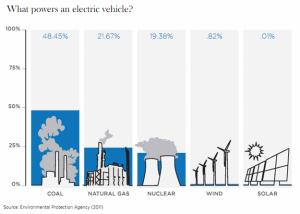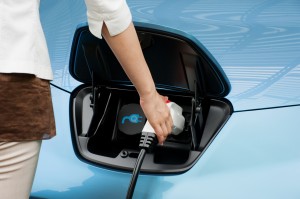 Electric vehicles (EVs) have recently attracted significant attention from the media, politicians, and environmentalists, but do EVs really live up to everything their manufacturers promise? Autogas for America released a new Alternative Fuel Fact Brief on November 25, examining the evidence behind the industry’s claims that EVs are viable, cost-effective and “zero-emission.”
Electric vehicles (EVs) have recently attracted significant attention from the media, politicians, and environmentalists, but do EVs really live up to everything their manufacturers promise? Autogas for America released a new Alternative Fuel Fact Brief on November 25, examining the evidence behind the industry’s claims that EVs are viable, cost-effective and “zero-emission.”
The study questions electric vehicle’s environmental record, considering the greenhouse gases emitted during EV manufacturing. It points out that while EVs have no tailpipe emissions, they charge on U.S. electric grids that draw 50 percent of their power from coal. The Fact Brief also casts doubt on the practicality of EVs for public and private fleets, citing the technology’s struggles with limited carrying capacity, limited driving range and the high cost of their charging infrastructure. The study warns that experts believe an increase in EVs could overburden an already strained electric grid.
While electric vehicles hold many benefits over vehicles running on traditional fuels, the Fact Brief encourages consumers to consider other alternative energies which have more verified environmental and economic benefits and a proven record in American fleets.





